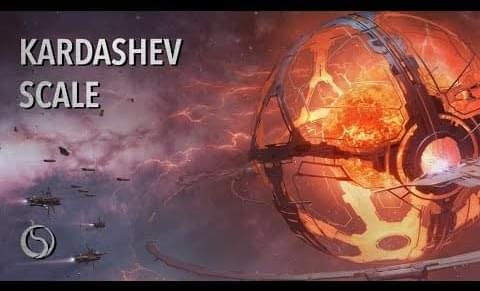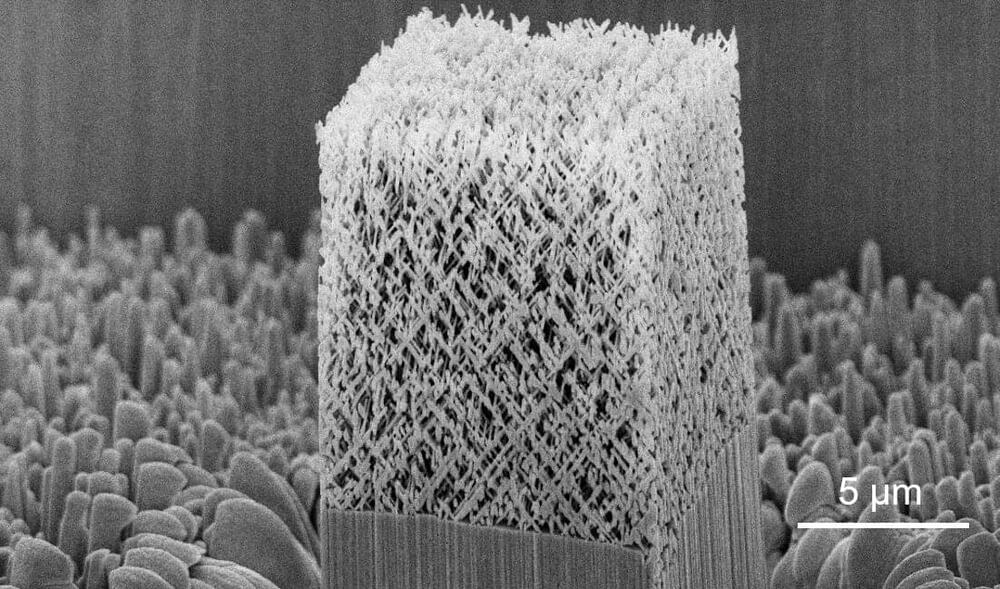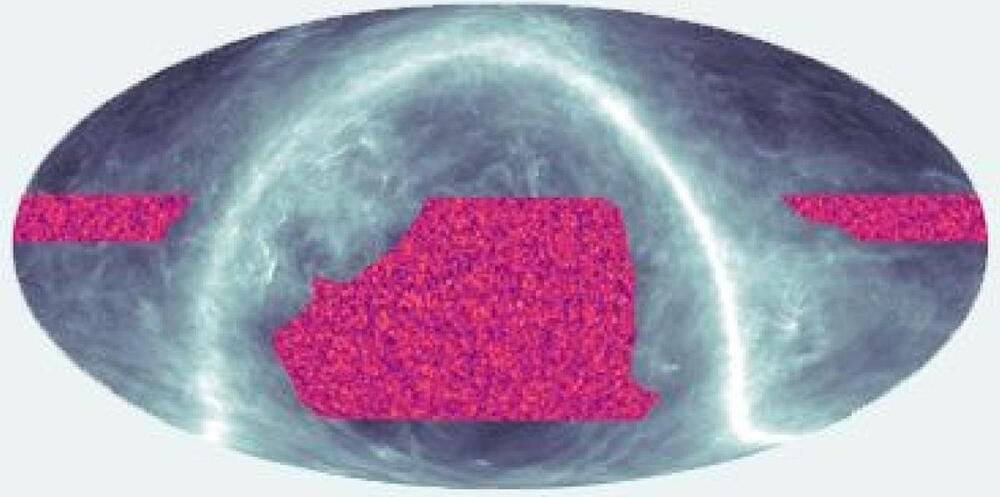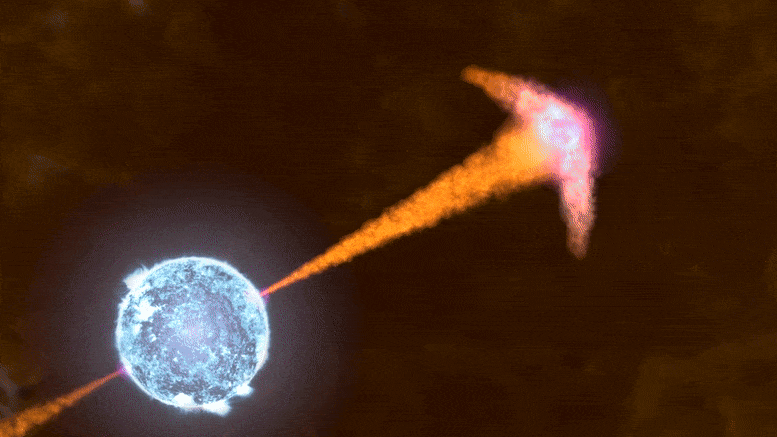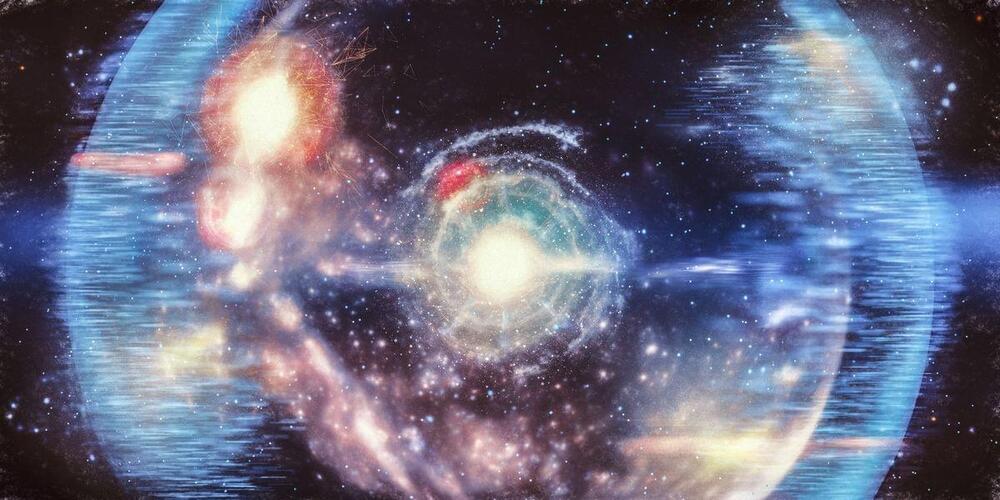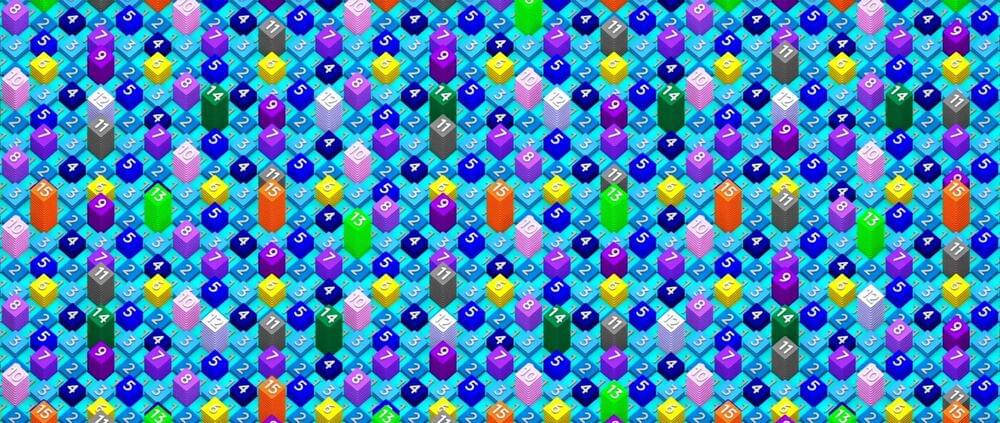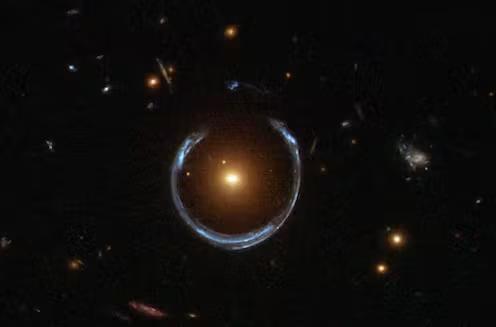Apr 27, 2023
Astrophysicists Uncover the First Bubble in an Intergalactic Stew
Posted by Paul Battista in categories: physics, space
A new study published in The Astrophysical Journal Letters.
The Astrophysical Journal Letters (ApJL) is a peer-reviewed scientific journal that focuses on the rapid publication of short, significant letters and papers on all aspects of astronomy and astrophysics. It is one of the journals published by the American Astronomical Society (AAS), and is considered one of the most prestigious journals in the field.


